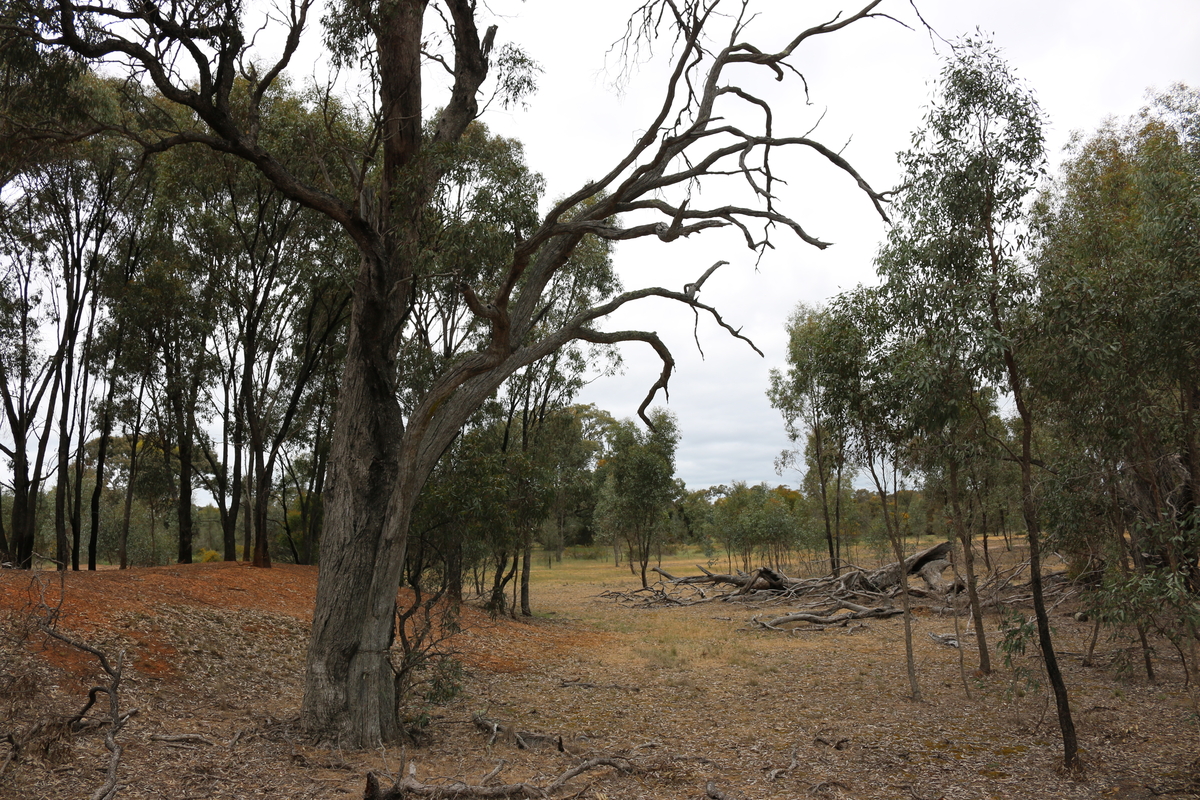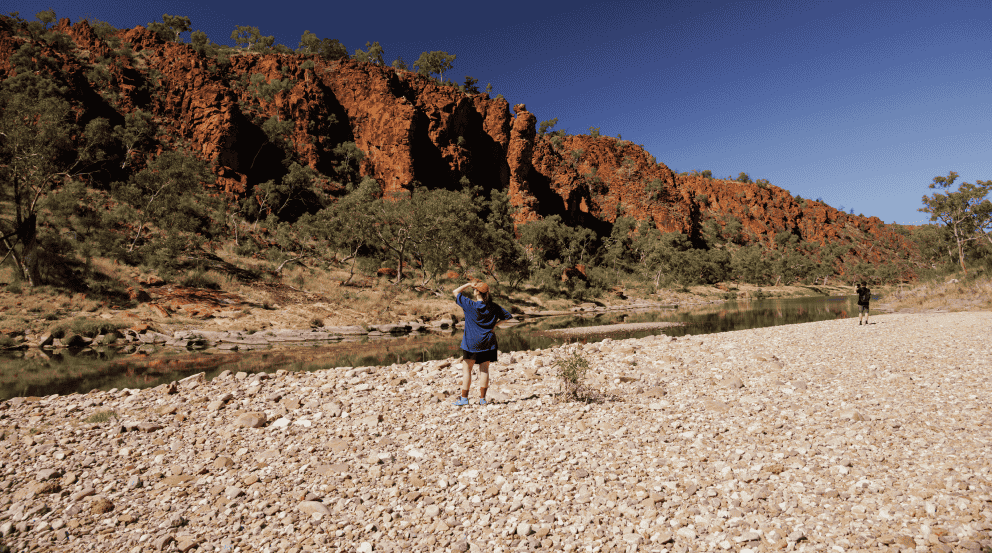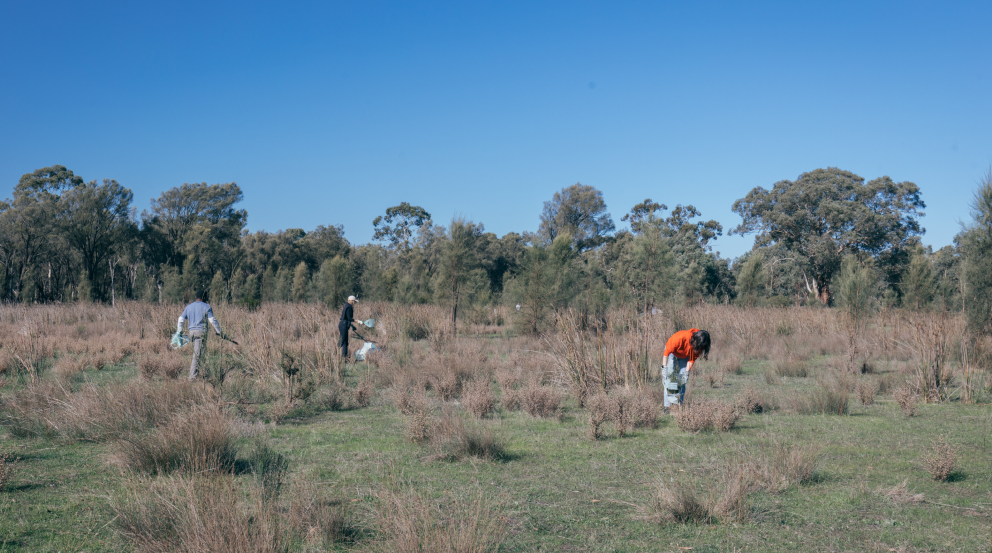Bank Australia purchased the first of the three properties that form the Bank Australia Conservation Reserve in 2008.
We're the first Australian bank to have a conservation reserve – it’s one way we’re using the business of banking to create a healthier planet. Our conservation reserve is home to 251 native plant and 283 native animal species.. We started this unique project because our customers wanted us to take action on climate change and protect habitat and threatened species. We identified a private nature reserve as a way we could use collective impact to make a difference.
Our first property in Minimay was identified as having high conservation values with remnant vegetation and threatened plant species providing much needed food and homes for threatened animal species. The endangered South Eastern Red Tailed Black Cockatoo was also known to call this region home, providing an opportunity for us to permanently protect this land for the benefit of the red-tails and other species. In 2010 and 2012 we added two new properties to the reserve, bringing the total size to 927 hectares.
We have spent the last nine years working to restore the properties. Some of our achievements have included:
• We’ve planted 78 000 native plants on the reserve to restore and revegetate the property.
• We’ve placed conservation covenants on all of the properties within the reserve, in partnership with Trust for Nature, so the reserve has a protected legal status that will protect the land will be protected from development forever.
• We’ve worked with environmental organisations such as Trust for Nature, Greening Australia, Landcare, the Wimmera Catchment Management Authority, and the Nature Glenelg Trust to guide us in managing the land for conservation.
• In 2017 we conducted species monitoring and established that we have 227 native plant and 270 native animal species living on the reserve, including 13 threatened animal and 11 threatened plant species. Of the animal species three are classified as endangered.
• Since 2016, 15% of our staff each year have visited the reserve, and in 2018 we launched a virtual tour of the reserve to make ‘visits’ that much easier.
• We’ve developed a partnership with Traditional Owners organisation, Barengi Gadjin Land Council and run cultural education events on the reserve.
• In 2018 we launched an Indigenous Traineeship program to create a part-time role for a local Indigenous person to learn land management skills with our lead partner Greening Australia.
We’re proud of our progress so far but there is much more to be done. In 2017 we launched a ten year strategy for the reserve. This strategy was developed over one year of consultation with local and national conservation experts and stakeholders, and is underpinned by a detailed implementation plan.
Over the next few years we plan to conduct climate change modelling so that we can develop a plan to enable the reserve to be resilient in the face of climate change, complete a cultural survey of the reserve in partnership with Barengi Gadjin Land Council, and provide more opportunities for staff, partners and customers to visit the reserve.
Read more about the Bank Australia Conservation Reserve.








